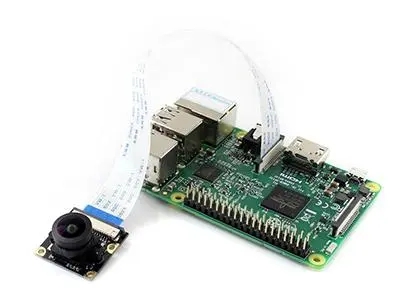What are the considerations in FPV camera circuit board design?
There are many aspects to consider when designing FPV camera circuit boards, which are related to the performance, stability and final application scenarios of the circuit board. Here are some key design considerations:
1. Processor performance: The circuit board should use a high-performance processor that can quickly process images and flight data to meet the real-time and response speed requirements of FPV cameras.
2. Sensor integration: Integrate high-quality sensors such as gyroscopes and accelerometers to ensure the stability and accuracy of the aircraft during high-speed flight. For photography purposes, special sensors such as magnetometers and barometers for stable video may also need to be integrated.
3. Power management: Design an efficient power management system to support fast and frequent speed changes. At the same time, considering the need for long-term shooting, ensure continuous and stable power output.
4. Signal transmission: Optimize signal transmission design to support long-distance and low-latency signal transmission to ensure that pilots can respond to track conditions or obtain clear images in real time.
5. Interface configuration: Configure sufficient PWM outputs and UART ports according to application requirements to connect various actuators, servo mechanisms, cameras and other imaging devices.
6. Firmware function: Develop firmware with multiple flight modes and tuning options to suit different tracks and flying styles or specialized image processing and video recording functions.
7. Heat dissipation design: Since long-term high-speed operation may cause overheating, a good heat dissipation system needs to be designed to prevent overheating.
8. Durability design: Considering the possibility of impact and collision, the design of the circuit board should be more robust, especially the circuit board for racing. The circuit board for photography may pay more attention to protective measures such as waterproof and dustproof.
The design of the FPV camera circuit board needs to comprehensively consider multiple aspects such as processor performance, sensor integration, power management, signal transmission, interface configuration, firmware function, heat dissipation design and durability to ensure that the circuit board is used in the FPV camera to achieve the best performance and stability.



